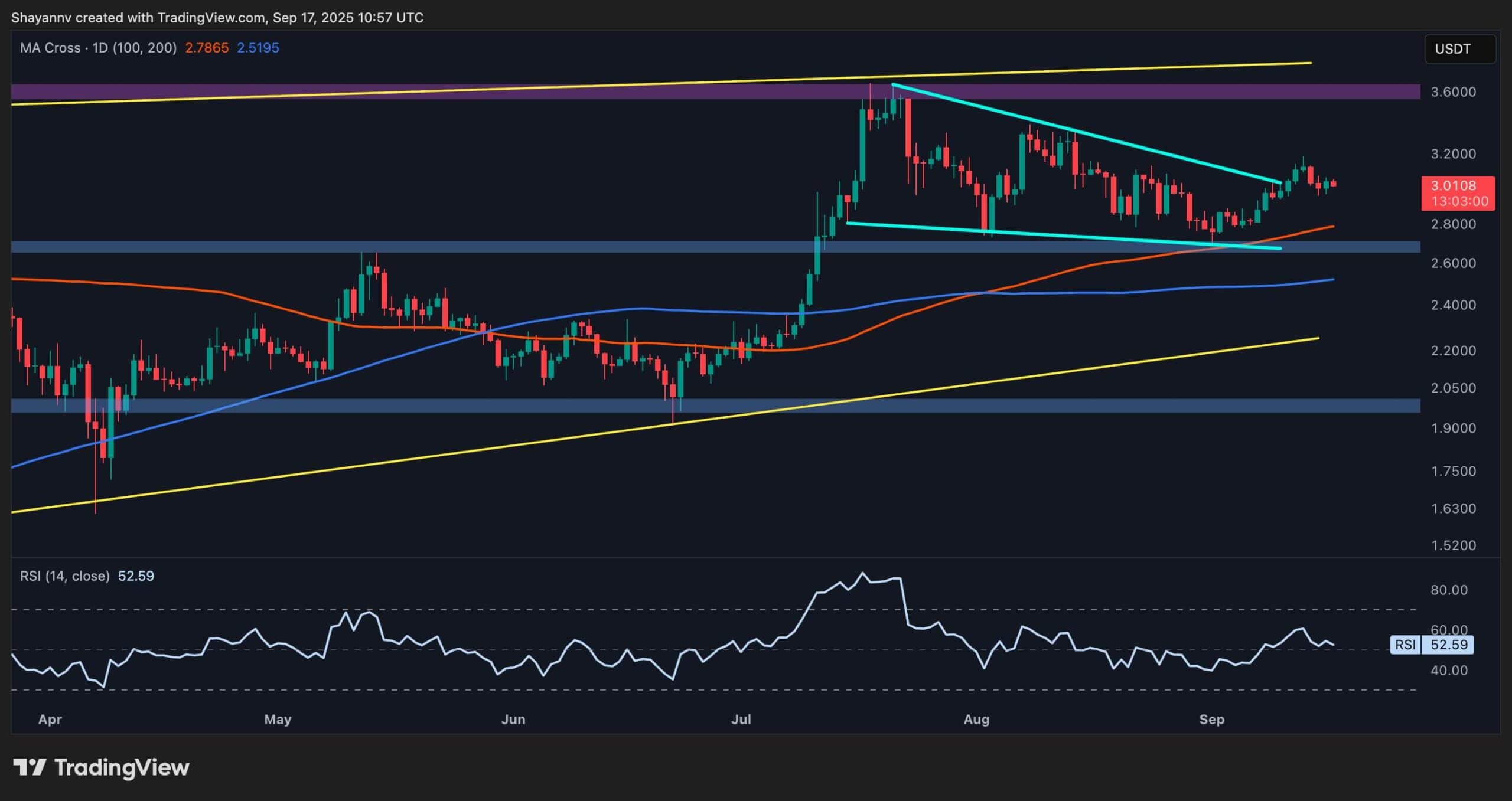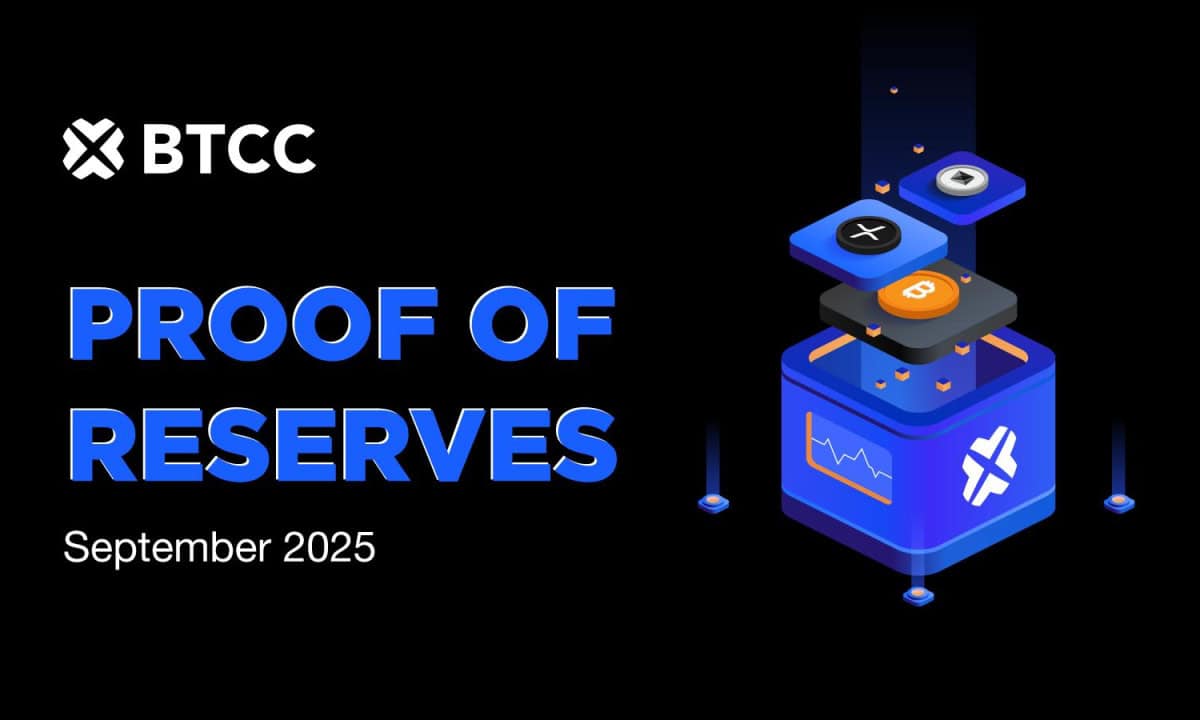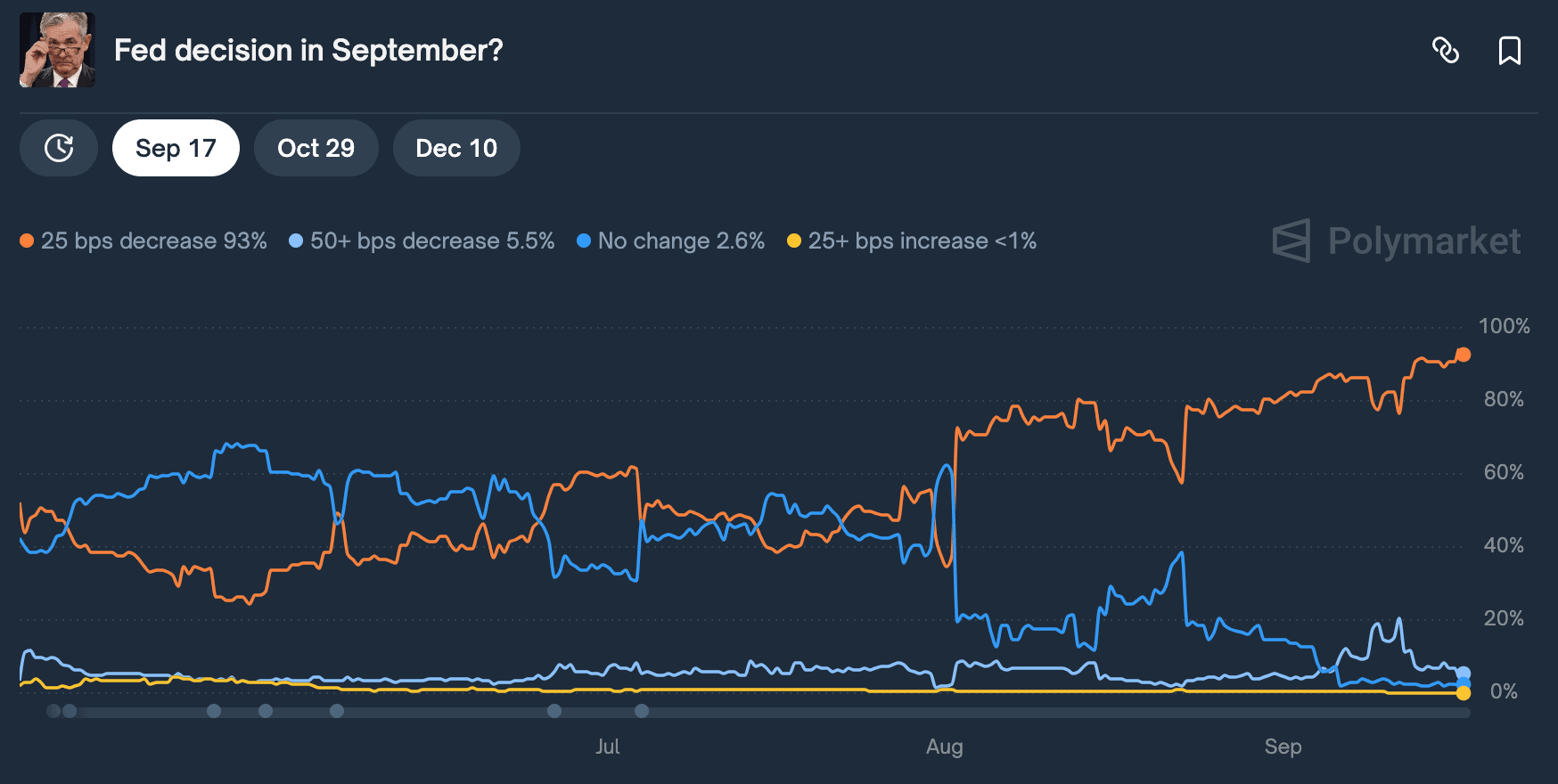Scalable Future or Risky Reboot?

Just over a year after the Dencun upgrade gave Layer 2 networks a massive boost, and only months before the much-anticipated Fusaka release, Ethereum co-founder Vitalik Buterin floated a bold proposal.
In an April forum post, he suggested the network could eventually replace its longtime workhorse, the Ethereum Virtual Machine (EVM), with RISC-V, a low-level, open-source instruction set architecture.
The Allure of a New Foundation
For those unfamiliar, the EVM is the execution engine powering every smart contract on Ethereum. It translates Solidity code into machine-level instructions and governs how contracts interact. It’s been the backbone of Ethereum since its inception. So when Buterin brought up the idea of swapping it out, it sent ripples through the community.
His reasoning is rooted in long-term scalability:
“The beam chain effort holds great promise for simplifying the consensus layer,” he wrote. “But for the execution layer to see similar gains, this kind of radical change may be the only viable path.”
Buterin argued that a RISC-V-based virtual machine could drastically speed up zero-knowledge proof generation by up to 100 times. This could be a game-changer for zk-rollups, which are seen as Ethereum’s best shot at scaling securely. By removing the need to translate code twice, from Solidity to EVM, and then to zk-friendly formats, RISC-V could streamline proof generation and reduce computational costs.
However, it’s one thing to float an idea, and it’s another to overhaul the very heart of the Ethereum ecosystem. Stuart Popejoy, co-founder and CEO of proof-of-work Layer 1 blockchain Kadena, was blunt about the scale of disruption:
“There’s no future in which there’s a large short-term disruption because it couldn’t possibly happen fast,” he told CryptoPotato. “A ‘better’ system would have to run in parallel for years as well as accumulate the network effects the EVM has.”
Popejoy, whose platform’s Chainweb EVM testnet recently went live, argues that replacing the EVM isn’t like switching out a database or upgrading a protocol. It’s like asking the internet to replace HTTP; theoretically possible but practically absurd.
That doesn’t mean the idea lacks merit. According to blockchain researcher Blessing Onuogu, the proposal is “complex and ambitious” but could lead to a “more scalable and efficient Ethereum.” She believes RISC-V’s performance potential might allow for more sophisticated smart contracts, ones that currently strain the EVM’s stack-based architecture.
The technical advantages of RISC-V aren’t in question. It’s open, customizable, and already used in projects like Nervos. It’s also friendly to parallel execution and zero-knowledge applications.
“ZK-STARK and ZK-SNARK rollups could reduce proving times and costs,” noted pseudonymous developer Block.nm. “With register-based execution, it’s easier to write provable programs.”
However, integrating RISC-V into Ethereum is not just a software upgrade. It’s a full ecosystem reboot. To start, smart contracts are immutable. You can’t just migrate them. As Popejoy explained, “Existing state is cryptographically tied to specific addresses on the EVM.” Rewriting contracts from scratch would be mandatory. So would re-auditing them.
And herein lies a deeper challenge: the loss of a decade’s worth of security insights.
“We’d reset 10 years of accumulated security knowledge to zero,” Popejoy warned. “We have learned a lot about the EVM; all of this would become irrelevant.”
Compatibility concerns also extend to Ethereum’s L2s. Fraud proofs on Optimism and Arbitrum rely on L1 executing EVM bytecode to validate rollup transactions. Swap out the EVM, and you break that.
“You’d have to build a full EVM interpreter in RISC-V,” Popejoy noted. “That defeats the purpose of making it cheaper and faster.”
If that’s not feasible, then L2s may be forced to become sovereign chains, splintering the ecosystem and breaking composability.
So What’s the Path Forward?
Most experts agree: there is no clean break. The only realistic scenario, according to some, involves dual-VM support for at least a decade. New contracts could use the faster RISC-V architecture while legacy ones would continue running on the EVM. Over time, developers might migrate voluntarily if the benefits are clear and the tooling is robust.
“Dual VM support would give developers flexibility,” Onuogu said. “It allows time to adapt and ensures continuity.” She emphasized the need for a gradual rollout, similar to how zk-rollups were introduced without disrupting existing apps.
Meanwhile, L2 developers should already be preparing. Block.nm recommends investing in modular architectures today, abstracting proof systems, decoupling settlement layers, and experimenting with alternate compilers like LLVM IR and WebAssembly. “Don’t rely exclusively on Solidity,” they cautioned.
But even with preparation, the migration won’t be easy. Ethereum is home to tens of thousands of apps, billions in value, and millions of users. Each has different dependencies. A new VM must somehow honor those relationships or risk fragmenting the community. And yet, the conversation around replacing the EVM reflects a larger truth: Ethereum must evolve.
While the Dencun and Pectra upgrades addressed key bottlenecks, they only pushed scaling so far. The network’s base layer is still burdened by complexity, slow execution, and monolithic design. As Buterin and others have noted, long-term sustainability may demand simpler, cleaner architecture, especially with competitors like Solana, Sui, and modular rollup frameworks chipping away at Ethereum’s dominance.
That’s why proposals like EIP-7983, which caps gas usage per transaction, are gaining momentum. They promise greater predictability, faster block propagation, and better support for zk execution, all while minimizing disruption. These incremental changes are a reflection of Ethereum’s emerging design ethos: simplify where possible, preserve where necessary.
RISC-V is no silver bullet, though. And as Popejoy said, it may never replace the EVM. But it opens the door to experimentation. If Ethereum wants to remain the world’s leading programmable blockchain, it can’t rest on its legacy stack.
“Ethereum’s evolution isn’t about replacing everything we’ve built,” Onuogu concluded. “It’s about building what comes next, carefully, openly, and with the whole ecosystem in mind.”
That evolution may take 10 years or more, but it looks like it has already begun.
Binance Free $600 (CryptoPotato Exclusive): Use this link to register a new account and receive $600 exclusive welcome offer on Binance (full details).
LIMITED OFFER for CryptoPotato readers at Bybit: Use this link to register and open a $500 FREE position on any coin!




